

Articles
How To Store Bedding In Closet
Modified: January 20, 2024
Looking for ways to store bedding in your closet? Check out these helpful articles for tips and tricks on maximizing space and keeping your bedding organized.
(Many of the links in this article redirect to a specific reviewed product. Your purchase of these products through affiliate links helps to generate commission for Storables.com, at no extra cost. Learn more)
Introduction
Keeping your bedding organized and stored properly is essential to maintaining a tidy and clutter-free closet. If you find yourself struggling to find space for your extra sheets, blankets, and pillows, it’s time to implement some smart storage solutions.
A well-organized closet not only saves you time and effort in locating your bedding, but it also helps to prolong its lifespan by keeping it clean and protected from dust and moisture. In this article, we will guide you through the process of storing your bedding in the closet effectively.
By assessing your closet space, gathering necessary supplies, and implementing a systematic approach, you can transform your closet into a functional and organized storage space for your bedding. So, let’s dive in and discover the best practices for storing bedding in your closet.
Key Takeaways:
- Transform your closet into a functional and organized space for bedding by assessing space, gathering supplies, and utilizing vacuum storage bags and space-saving containers. Keep linens clean, protected, and easily accessible.
- Create a labeling system, organize by type, and maintain a system for easy access to your bedding. Consider alternative storage options and refresh your system regularly to enjoy a clutter-free and well-maintained closet.
Read more: How To Store Bed Sheets In Closet
Assess Your Closet Space
Before you start organizing your bedding in the closet, it’s important to assess the available space and determine how much room you can allocate for storing your linens. Take a close look at your closet and evaluate the amount of free space you have, including shelves, hanging rods, and any other storage areas.
Consider the dimensions of your bedding items, such as the size of your sheets, blankets, comforters, and pillows. This will help you determine the most suitable storage solutions for your specific needs. If you have limited space, you may need to get creative and utilize every inch efficiently.
Take measurements of your closet and make note of any obstructions, such as hooks or rods that may interfere with storing your bedding. This information will be useful when choosing storage containers or organizers that can fit seamlessly into your closet.
It’s also important to declutter your closet before storing your bedding. Remove any unnecessary items or clothes that are taking up space. This will create more space for your linens and make it easier to keep your closet organized.
Remember, the goal is to maximize the use of your closet space while keeping your bedding easily accessible and well-protected. By assessing your closet space thoroughly, you will be able to plan and implement an effective storage system for your bedding.
Gather Necessary Supplies
Once you have assessed your closet space, it’s time to gather the necessary supplies for storing your bedding. Having the right tools and materials will make the process much smoother and ensure that your bedding is protected and well-organized.
Here are some essential supplies you may need:
- Storage Containers: Look for containers that are sturdy, stackable, and transparent. Clear containers allow you to easily see what’s inside without having to open them. Consider using containers with lids to protect your bedding from dust, moisture, and pests.
- Vacuum Storage Bags: These bags are a great space-saving solution, as they compress your bedding and remove the excess air. Vacuum-sealed bags not only save space but also provide protection against dust and moisture.
- Hangers: Get hangers suitable for hanging your blankets, comforters, or larger bedding items. Look for sturdy hangers with non-slip features to prevent your bedding from slipping off.
- Labels and Marker: Having labels and a marker will help you easily identify the contents of each storage container. You can label them by type, size, or season to make finding specific bedding items more convenient.
- Organizing Accessories: Consider adding shelf dividers, drawer organizers, or hanging organizers to maximize space utilization and keep your bedding neatly separated.
Make a list of the supplies you need and ensure you have them before starting the organization process. Having these supplies ready will save you time and make the storage process more efficient.
Clean and Prepare Your Bedding
Before storing your bedding in the closet, it’s crucial to clean and prepare it properly. This step ensures that your bedding is fresh, free from dirt or stains, and ready to be stored away.
Here are some steps to clean and prepare your bedding:
- Wash and Dry: Start by washing your sheets, pillowcases, blankets, and comforters according to their care instructions. Use a gentle detergent and choose the appropriate water temperature. Once clean, make sure to dry them thoroughly.
- Iron or Fold: Iron or fold your bedding neatly to minimize wrinkles and creases. This step is especially important for sheets and pillowcases that may show visible wrinkles when stored.
- Spot Treat: If you notice any stains or spills on your bedding, spot treat them before storing. Use a stain remover or a gentle cleaning solution to treat the affected areas and allow them to dry completely.
- Check for Damage: Before storing, inspect your bedding for any damages, such as rips, tears, or loose threads. Repair or mend any small damages to prevent them from worsening. If the damage is significant, consider replacing the item.
By cleaning and preparing your bedding, you ensure that it remains in good condition while in storage. Clean bedding also helps to keep your closet fresh and free from any unpleasant odor. Take the time to properly care for your bedding before storing it away.
Sort and Organize by Type
One key aspect of effective bedding storage is sorting and organizing your items by type. This approach allows you to easily locate specific bedding items when needed and maintain a sense of order within your closet.
Follow these steps to sort and organize your bedding:
- Separate by Category: Start by grouping your bedding items into categories, such as sheets, blankets, comforters, and pillowcases. This step helps you visualize the quantity of each item and determine how much storage space is required for each category.
- Sort by Size: Within each category, sort your bedding by size. Keep similar-sized items together for easier access. For example, separate twin-sized sheets from queen-sized sheets.
- Consider Seasons: If you have different bedding sets for different seasons, consider organizing them based on the season. This approach allows you to rotate your bedding, keeping your closet clutter-free and ensuring you have appropriate bedding for each season.
Once you have sorted your bedding into categories, you can start organizing them in your storage containers or on shelves. Place similar items together, stacking them neatly to optimize space utilization.
Remember to label your containers or shelves to make it easy to find specific bedding items when needed. You can use adhesive labels or label directly on the container with a marker. This labeling system enhances organization and saves you the hassle of rummaging through multiple containers to find what you’re looking for.
By sorting and organizing your bedding by type, you create a streamlined and efficient storage system, making it easier to maintain an organized closet and locate your bedding when it’s time to change your sheets or add an extra blanket.
Read more: How To Store Sweaters In Closet
Use Vacuum Storage Bags
When it comes to maximizing closet space and protecting your bedding, vacuum storage bags are a game-changer. These bags help compress your bedding, reducing the amount of space it occupies and keeping it safe from dust, moisture, and pests.
Here’s how to effectively use vacuum storage bags for your bedding:
- Fold and Roll: Start by folding your bedding neatly. For larger items like comforters or blankets, consider rolling them tightly to maximize space.
- Fill the Bag: Open the vacuum storage bag and place your folded or rolled bedding inside. Be careful not to overfill the bag, as this can affect the effectiveness of the vacuum seal. Leave some space at the top to ensure a proper seal.
- Seal the Bag: Once your bedding is in the bag, carefully seal it shut using the provided closure mechanism. Make sure the seal is secure to prevent air from entering the bag.
- Use a Vacuum Cleaner: Connect your vacuum cleaner to the designated valve on the bag. Turn on the vacuum cleaner and let it remove the air from the bag. As the air is sucked out, you will see the bag shrink, creating a tight and compact package.
- Store the Bags: Once the air is completely removed, disconnect the vacuum cleaner and quickly close the valve. Now, you can place the vacuum-sealed bags in your closet, under the bed, or in any other designated storage area.
Vacuum storage bags are particularly useful for bulky items like comforters and blankets. They not only save space but also provide protection against dust, moisture, and potential damage. Additionally, using vacuum storage bags helps to keep your bedding fresh and ready to use whenever you need it.
Remember to avoid placing heavy objects on top of the vacuum-sealed bags, as this can compromise the seal and affect the effectiveness of the storage. Handle the bags with care to prevent any punctures or tears.
By utilizing vacuum storage bags for your bedding, you can optimize closet space and ensure your bedding stays clean, fresh, and well-protected.
Use vacuum-sealed storage bags to compress bedding and save space in your closet. This will also protect your bedding from dust and moisture.
Utilize Space-Saving Containers
In addition to vacuum storage bags, space-saving containers are another excellent option for organizing and storing your bedding. These containers come in various shapes and sizes, allowing you to effectively utilize the available closet space.
Here’s how you can make the most of space-saving containers for your bedding:
- Choose Stackable Containers: Look for containers that are designed to be stackable. This feature allows you to maximize vertical space in your closet. Stackable containers help create neat and organized piles, enabling you to easily access the desired bedding.
- Opt for Clear Containers: Transparent containers enable you to see the contents at a glance, eliminating the need to open each container to find what you need. Clear containers also provide better protection against dust and moisture compared to open bins.
- Consider Under-Bed Storage Containers: If you have limited closet space, utilize the space under your bed by using storage containers specifically designed to fit under beds. These containers are shallow and flat, allowing you to slide them in and out easily.
- Separate Different Types of Bedding: Use different containers for each type of bedding (sheets, blankets, etc.) to keep them separate and organized. This method makes it easier to locate the desired bedding without rummaging through multiple containers.
- Utilize Dividers and Compartments: Within the containers, use dividers or compartments to further separate and organize your bedding. This helps to prevent items from getting mixed up and maintains a neat appearance inside the containers.
When choosing containers, ensure they are durable and can withstand the weight of your bedding. Avoid using cardboard boxes or flimsy containers that may collapse or bend over time.
By using space-saving containers, you can effectively utilize the available closet space and keep your bedding organized, protected, and easily accessible. These containers provide a practical and efficient storage solution for your bedding needs.
Label and Categorize
Labeling and categorizing your bedding storage is a crucial step to ensure easy access to specific items and maintain an organized closet. By implementing a labeling system, you can quickly identify the contents of each storage container and find what you need without any hassle.
Here are some tips for labeling and categorizing your bedding:
- Use Clear Labels: Opt for clear adhesive labels that can be easily attached to your storage containers. Clear labels allow you to see through them and read the contents without having to open the container.
- Label by Type or Size: Categorize your bedding items by type or size and label them accordingly. This could include labels such as “Sheets,” “Blankets,” “Pillowcases,” or “Queen Size.” By labeling each container, you can quickly locate the specific item you are looking for.
- Consider Seasonal Labels: If you rotate your bedding seasonally, consider adding seasonal labels to your storage containers. This way, you can easily identify which bedding is suitable for which time of year.
- Color-Coding: If you prefer a visual organization system, consider using color-coded labels or markers. Assign a specific color to each category or size of bedding, making it even easier to identify and access the desired item.
Place the labels on the front or top of the storage containers, ensuring they are easily visible. Take the time to label each container accurately to avoid any confusion later on.
By implementing a labeling and categorizing system, you streamline the process of finding and accessing your bedding. You can say goodbye to rummaging through containers and create a well-organized closet that makes your life much easier.
Create a System for Easy Access
When it comes to storing your bedding in the closet, creating a system for easy access is key. A well-organized and efficient system saves you time and effort when you need to retrieve or store your bedding items. Here are some tips to help you create a system for easy access:
- Place Frequently Used Items at the Front: Keep the bedding items that you use most frequently at the front of your storage space. This way, you can easily grab them without having to move other containers or dig through piles of bedding.
- Group Similar Items Together: Grouping similar items together not only makes them easier to find but also helps maintain a neat and organized closet. Keep sheets with sheets, blankets with blankets, and comforters with comforters. This way, you’ll always know where to look for specific items.
- Create Sections or Zones: Divide your closet space into sections or zones based on the categories of your bedding. Assign specific areas for sheets, blankets, pillowcases, and so on. This division helps you maintain a clear layout and eliminates clutter.
- Utilize Shelf Dividers: If you have shelves in your closet, consider using shelf dividers to separate different types of bedding. These dividers keep items upright and prevent them from toppling over, making it easier to locate and access specific bedding pieces.
- Arrange According to Size: If you have bedding items of different sizes, arrange them in a way that allows you to easily access them. Place larger items on the bottom or at the back, and smaller items towards the front or on higher shelves.
- Maintain a Neat Appearance: Regularly tidy up your bedding storage space by folding and stacking items neatly. If items become disheveled, take the time to reorganize them. Maintaining a neat appearance allows you to quickly locate and access your bedding without any hassle.
By creating a system for easy access, you streamline the process of storing and retrieving your bedding. This system ensures that your closet remains organized and saves you time when you need to change your sheets or add an extra layer of warmth to your bed.
Read more: How To Store Sweatshirts In Closet
Consider Alternative Storage Options
While the closet is a common place to store bedding, there are alternative storage options to consider. These options allow you to free up closet space or accommodate larger bedding items that may not fit easily in a closet. Here are a few alternative storage options to consider:
- Under-Bed Storage: Utilize the space under your bed for storing bedding. Invest in under-bed storage containers that are specifically designed to fit in this space. These containers are shallow and can slide in and out easily, providing a convenient storage solution.
- Storage Ottomans: Consider using storage ottomans or benches that have hidden compartments. These furniture pieces serve a dual purpose by providing seating and storage space for your bedding. They can be placed in the bedroom or even in the living room, adding a stylish touch to your decor.
- Blanket Ladders: Blanket ladders are a trendy and functional way to store and display your blankets and throws. Lean a decorative ladder against a wall and drape your blankets over the rungs. This option not only offers storage but also adds a decorative element to your living space.
- Wardrobe or Armoire: If you have extra space in your bedroom, consider investing in a wardrobe or armoire that has dedicated compartments for storing bedding. These furniture pieces offer ample storage space and can be a stylish addition to your room.
- Storage Bags or Bins: If you prefer to store your bedding in a different area of your home, such as the basement or attic, use sturdy storage bags or bins. Ensure these bags or bins are waterproof and provide protection against dust and pests.
When considering alternative storage options, assess your available space and choose a solution that suits your needs and lifestyle. Keep in mind that while these options may free up closet space, they should still provide adequate protection for your bedding.
By exploring alternative storage options, you can find creative and efficient ways to store your bedding, making the most of your living space while keeping your linens organized and easily accessible.
Maintain and Refresh Regularly
To ensure that your bedding stays clean, fresh, and well-organized in the closet, it’s important to maintain and refresh your storage system regularly. By incorporating these practices into your routine, you can prolong the lifespan of your bedding and maintain a clutter-free closet.
Here are some tips for maintaining and refreshing your bedding storage:
- Clean Bedding Seasonally: Use the change of seasons as an opportunity to clean your bedding. Wash or dry clean your sheets, blankets, and comforters to remove any dust, odors, or stains. This will keep your bedding fresh and ready to use when the next season arrives.
- Inspect for Damage: Regularly inspect your bedding for any signs of damage, such as frayed edges or loose threads. Mend or repair any small damages promptly to prevent them from worsening over time. If the damage is significant, consider replacing the item.
- Rotate Bedding: If you have multiple sets of bedding, consider rotating them regularly. This prevents one set from being overused and helps maintain evenly distributed wear and tear. It also provides an opportunity to wash and refresh each set before storage.
- Refresh Storage Containers: Every few months, take the time to refresh your storage containers. Remove everything from the containers, wipe them down, and ensure they are clean and dry before placing the items back in. This helps keep your bedding free from dust and maintains a hygienic storage environment.
- Reorganize as Needed: As your bedding needs change or new items are added, don’t be afraid to reorganize your storage system. Adjust and rearrange the containers and shelves to accommodate the new items or optimize the space utilization.
- Purge and Donate: If you find that you have accumulated excess bedding that you no longer use or need, consider donating it to charity. Letting go of unneeded items creates more space in your closet and helps those in need.
Regular maintenance and refreshing of your bedding storage system contribute to a clean and organized closet. It also ensures that your bedding remains in good condition and ready for use whenever you need it.
By incorporating these practices into your routine, you can make the most of your bedding storage space and enjoy a clutter-free and well-maintained closet.
Conclusion
Organizing and storing your bedding in the closet doesn’t have to be a daunting task. With a systematic approach and the right storage solutions, you can create a functional and well-organized space that keeps your bedding clean, protected, and easily accessible.
Start by assessing your closet space and gathering the necessary supplies, such as storage containers, vacuum storage bags, and labels. Clean and prepare your bedding before sorting and organizing it by type. Consider utilizing vacuum storage bags or space-saving containers to maximize your storage space.
Labeling and categorizing your bedding is essential for easy access, so implement a clear labeling system based on type, size, or season. Create a system for easy access by placing frequently used items at the front and organizing similar items together.
While the closet is a popular choice for bedding storage, don’t forget to consider alternative options such as under-bed storage, storage ottomans, or blanket ladders. And remember to maintain and refresh your bedding storage system regularly by cleaning seasonally, inspecting for damage, and reorganizing as needed.
By following these tips, you can transform your closet into a well-organized space that not only keeps your bedding neat and easily accessible but also prolongs the lifespan of your linens. Say goodbye to cluttered closets and enjoy the convenience of having your bedding stored in a clean and organized manner.
So, take the first step, assess your closet space, gather your supplies, and start implementing these storage solutions. Your organized and clutter-free bedding storage awaits!
Frequently Asked Questions about How To Store Bedding In Closet
Was this page helpful?
At Storables.com, we guarantee accurate and reliable information. Our content, validated by Expert Board Contributors, is crafted following stringent Editorial Policies. We're committed to providing you with well-researched, expert-backed insights for all your informational needs.
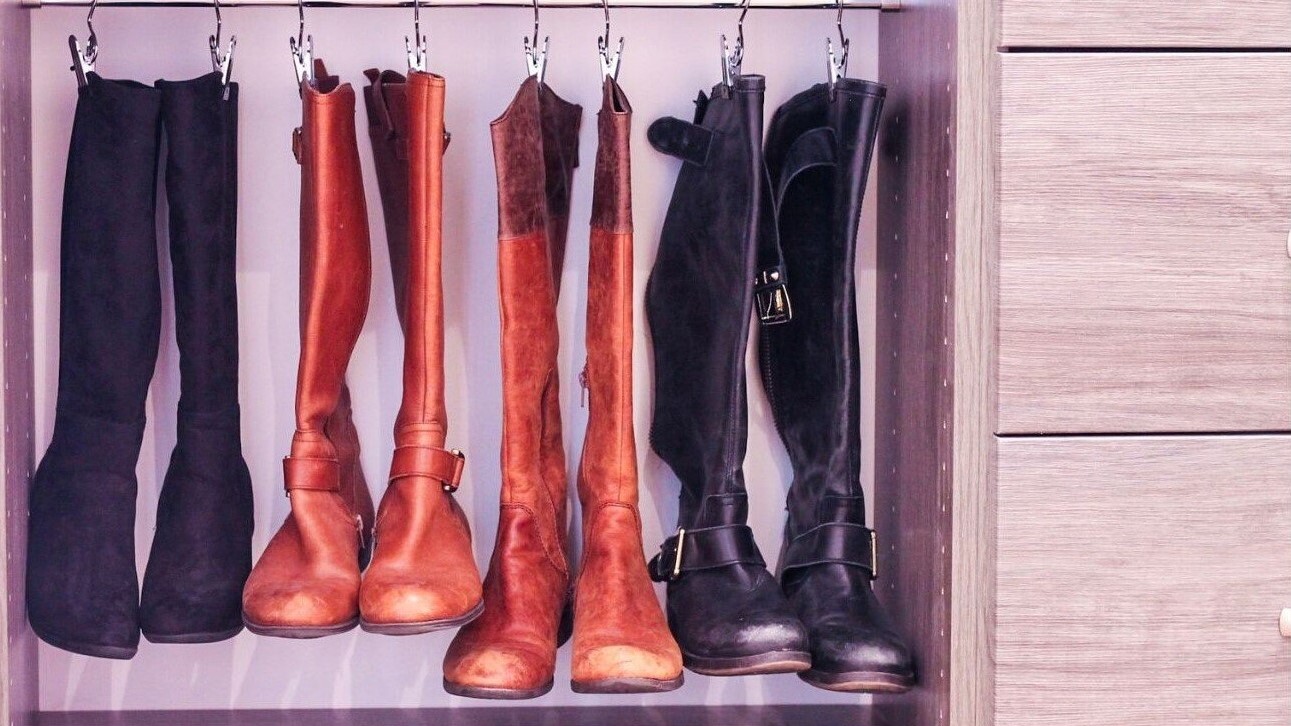
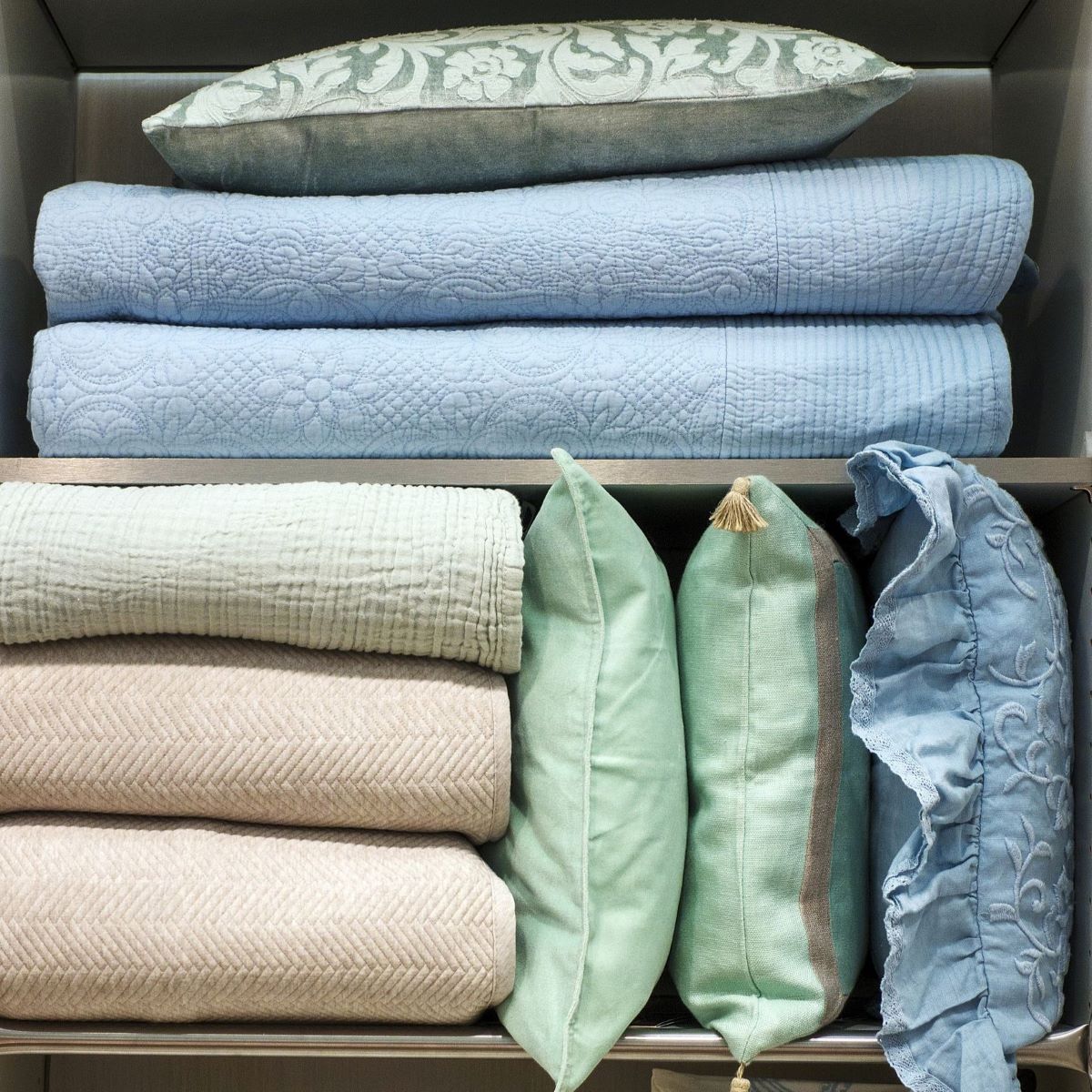
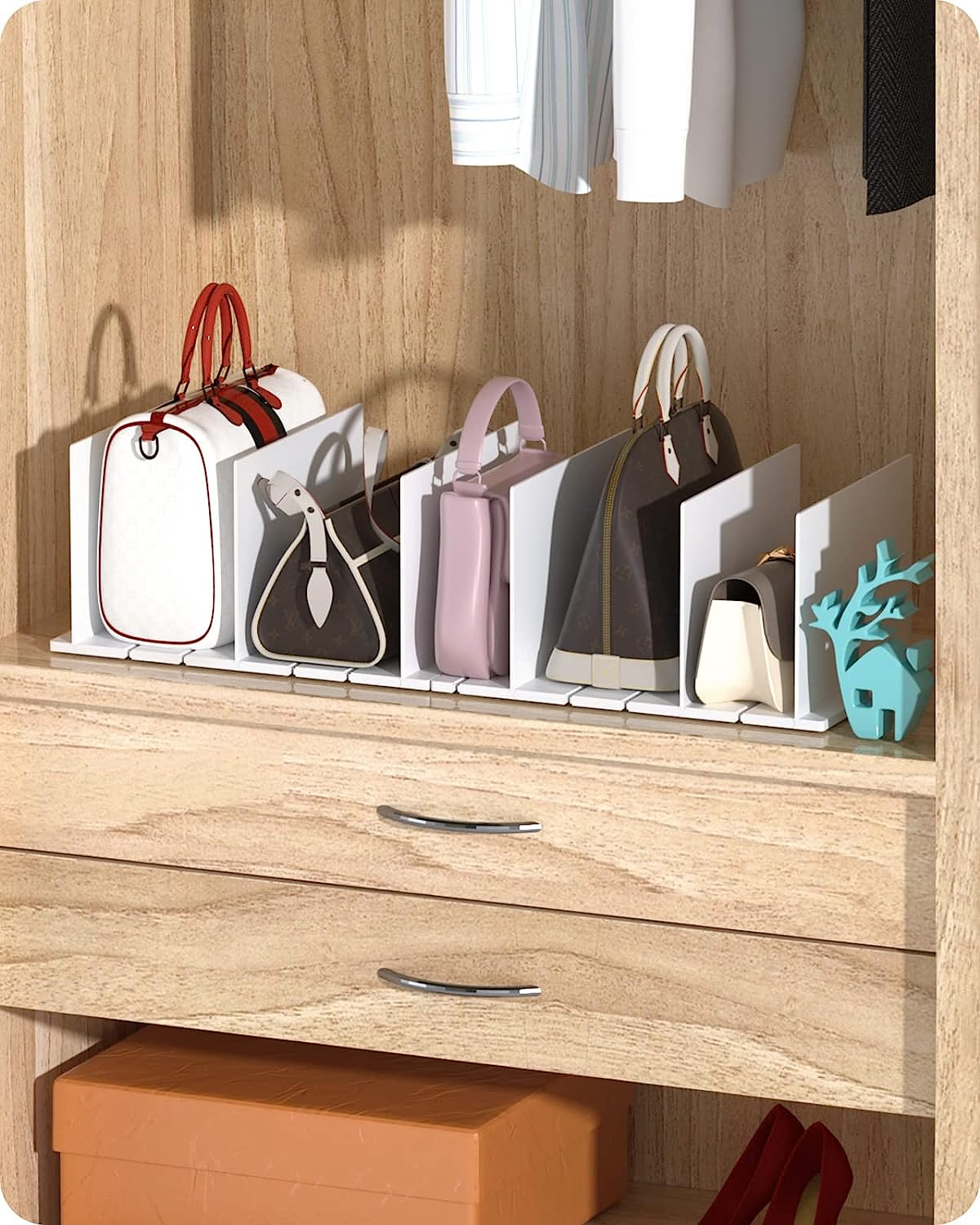





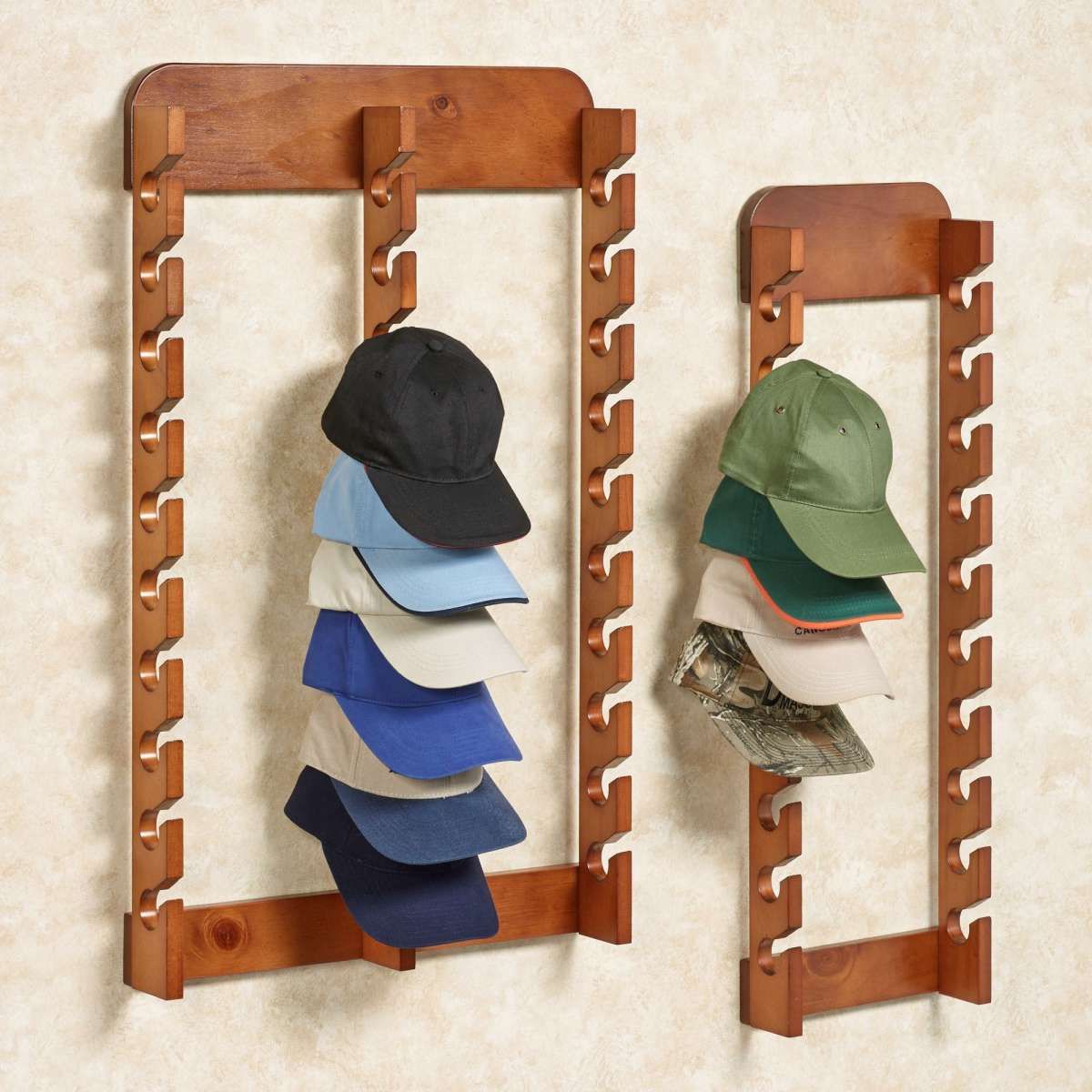
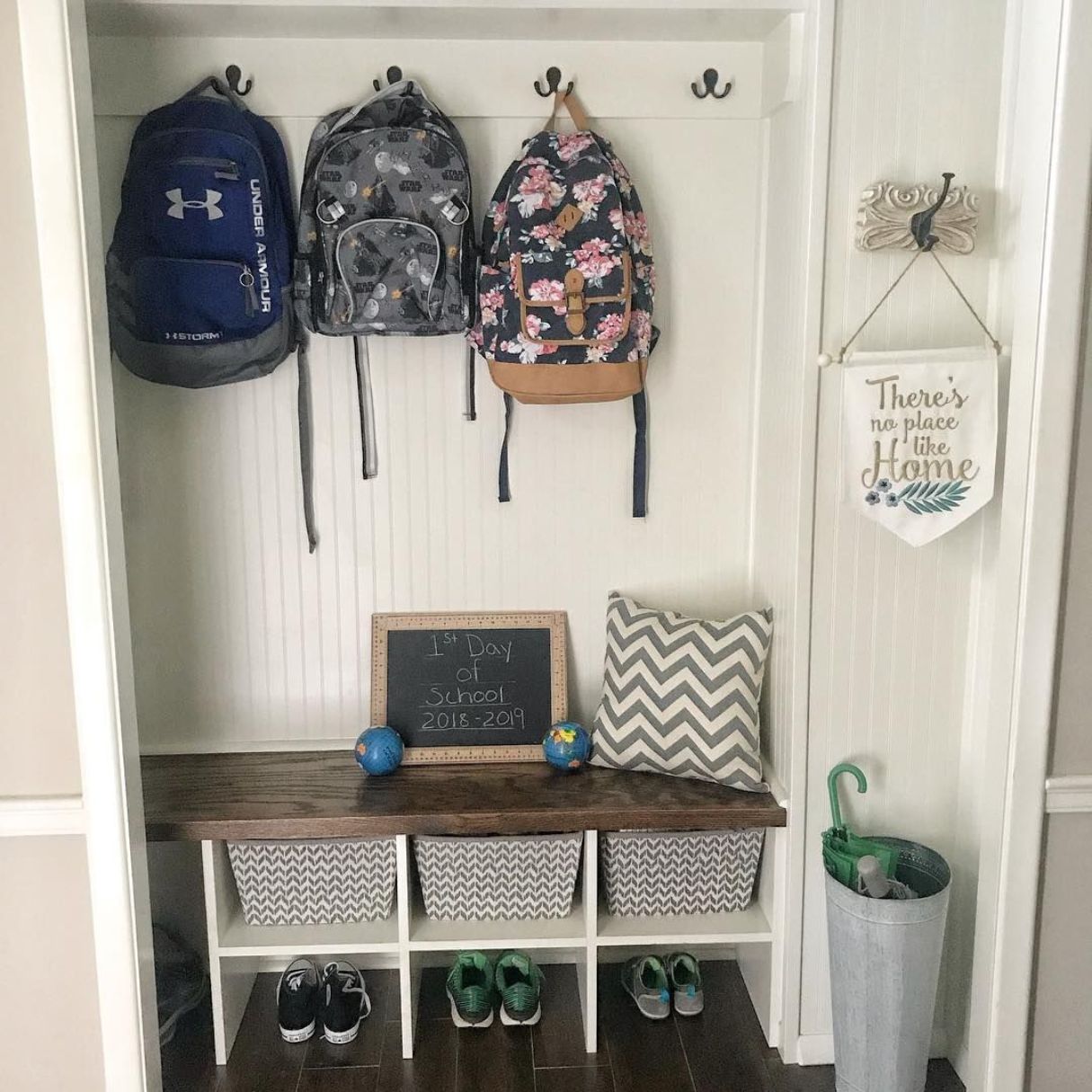
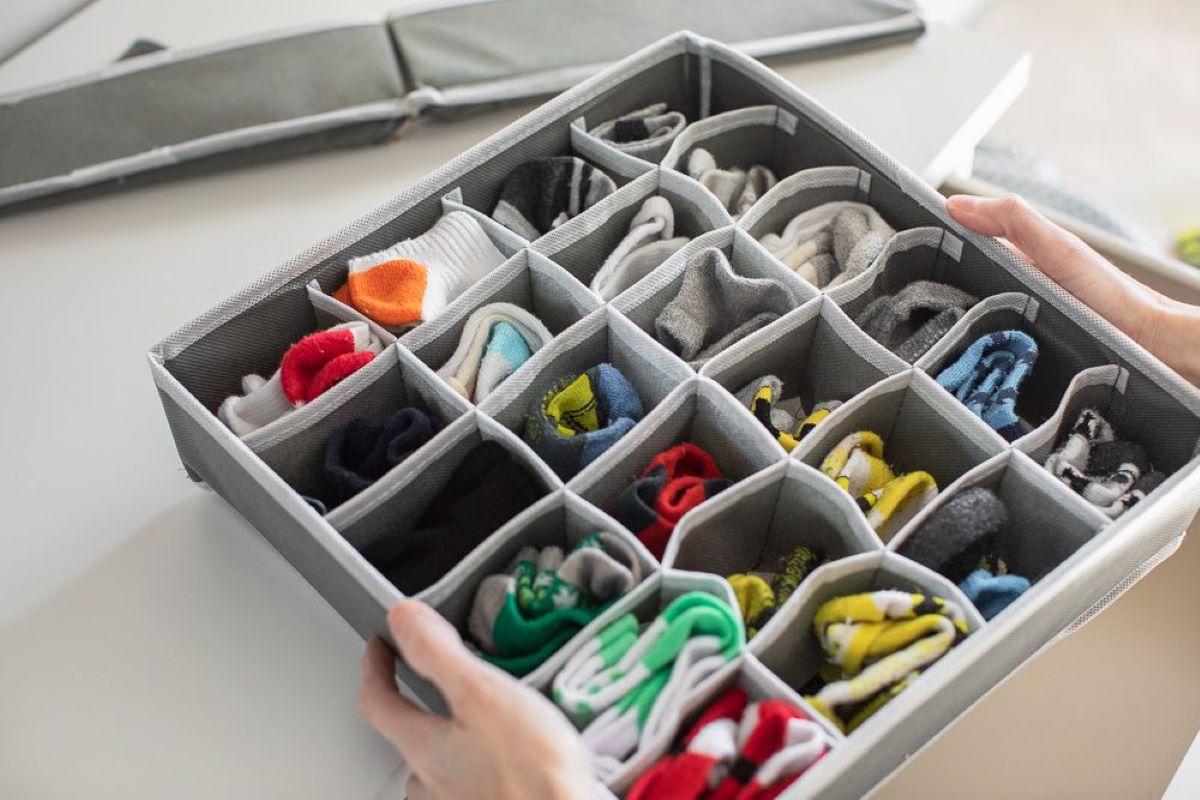
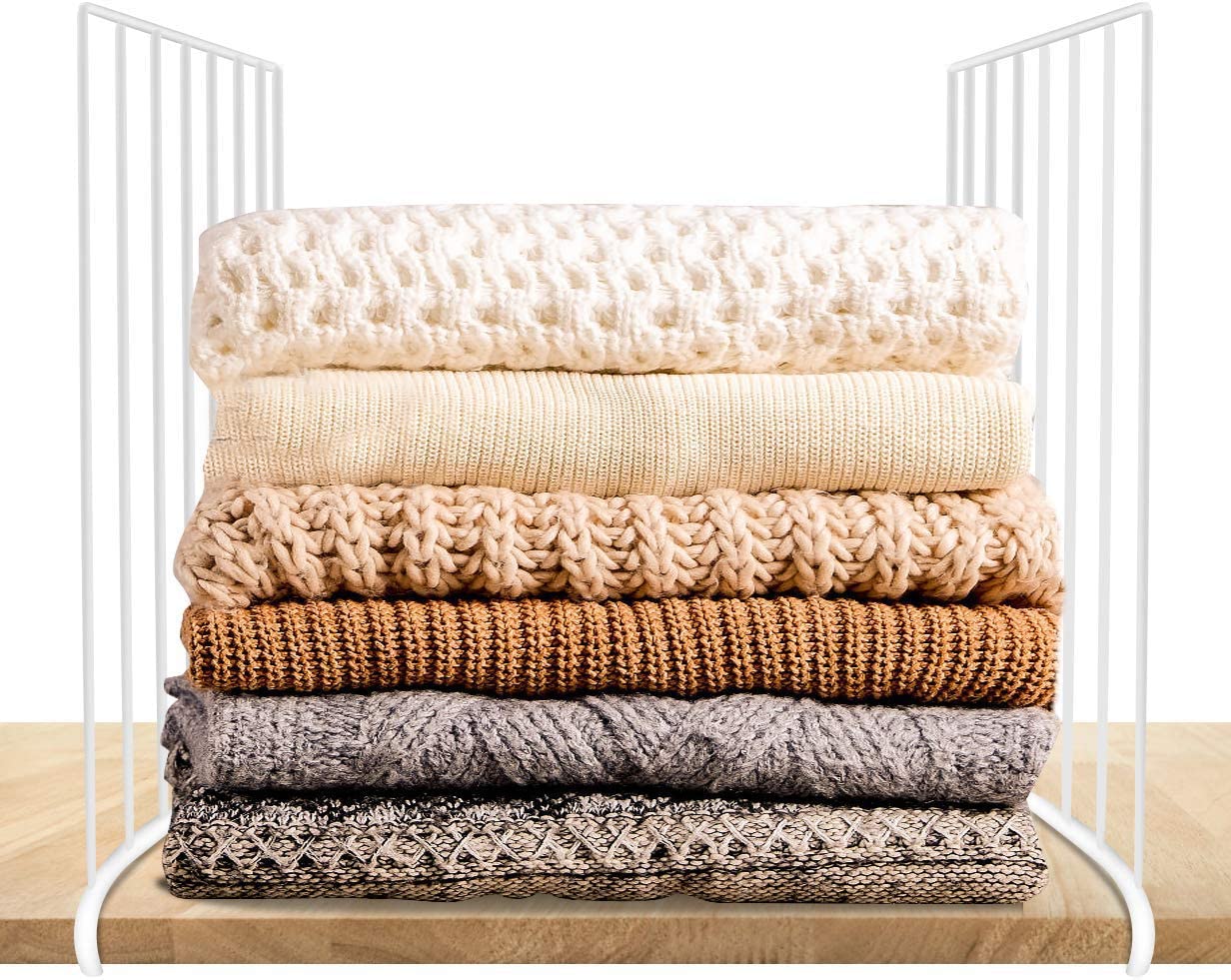


0 thoughts on “How To Store Bedding In Closet”